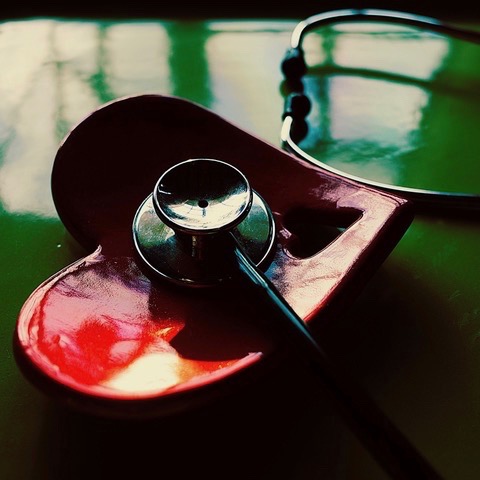We'll start with the causes, but then we're going to get into the things you can do NOW to lower your blood pressure AND have FUN doing it!
Response






